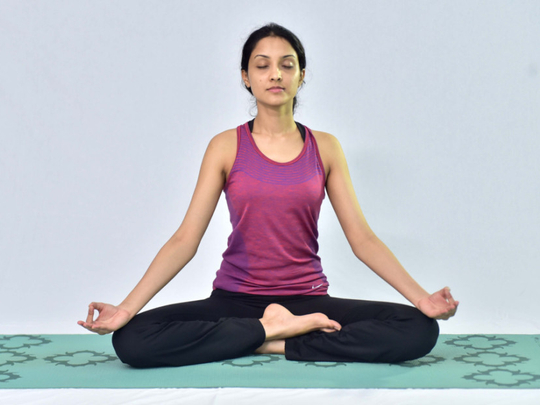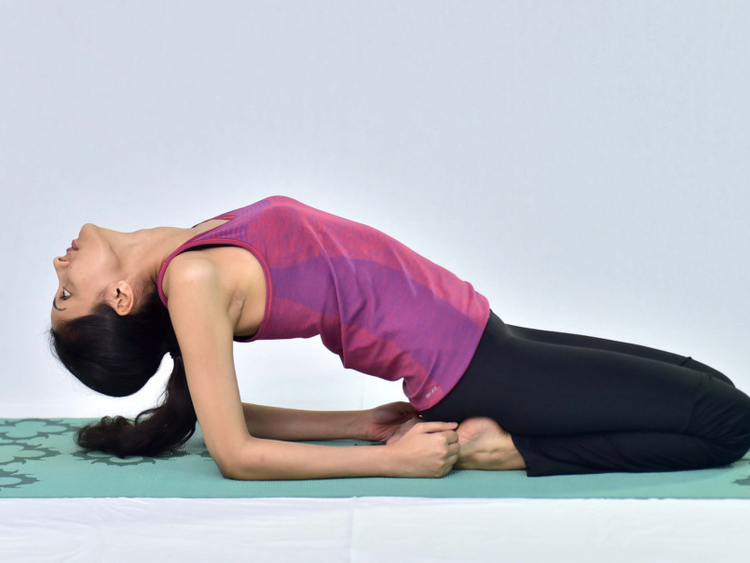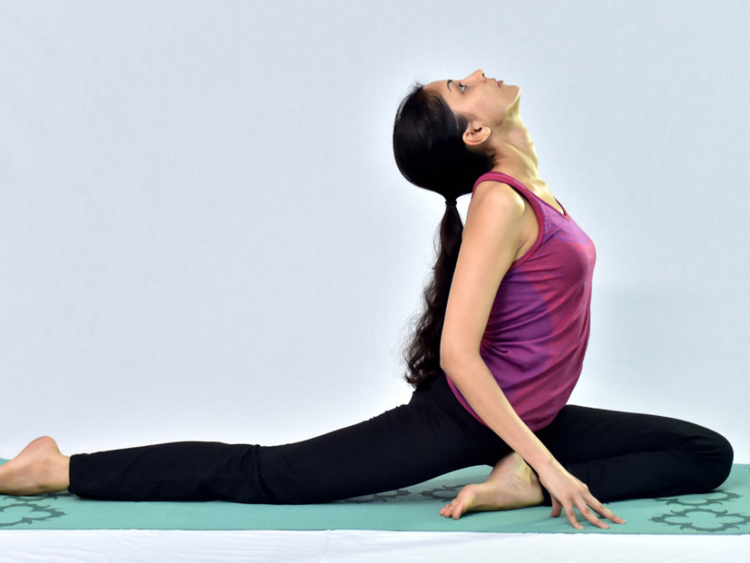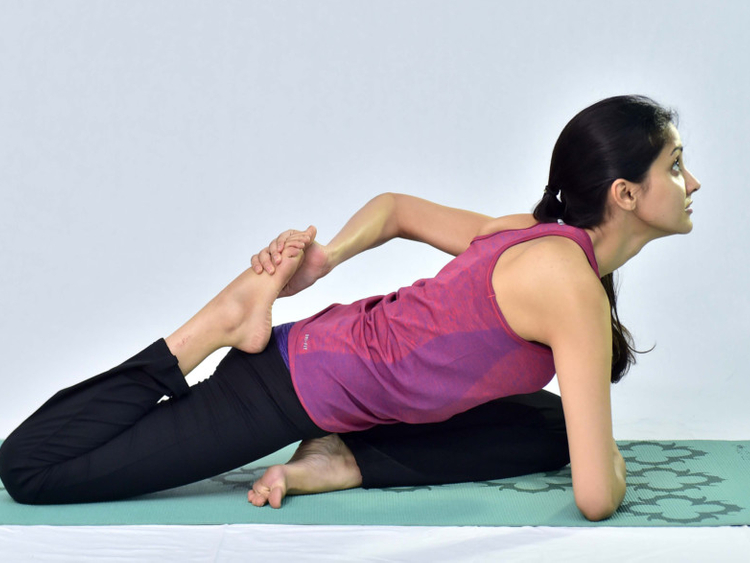
Mudras work directly on the brain. The brain has two halves or cerebral hemispheres, each with its own specific function. The right side is concerned with aspects such as intuition, creativity and imagination. The left side is related to analytical and logical thinking, time, speech and mathematical functions. They are linked by a band of nerve fibres called the corpus callosum. In most people, the function of these hemispheres is incoherent and non-synchronous, as indicated by electroencephalographic studies. This is because of mental and emotional processes. Inharmonious function of these hemispheres results in decline in perception, intuitive ability and overall intelligence. Mudras can help harmonise the two sides of the brain by acting directly on the nervous system. Mudras form energy circuits that confer conscious control over physical and mental functions.
Effect of mudras on the brain
Each mudra stimulates certain nerves that send a message to the brain. For example, each finger is linked to a different part of the brain. In the brain the hand takes up a very large proportion of the cortex. Therefore circuits made using fingers have a definite and powerful effect on the brain.
When the hands are placed in a particular mudra, the neuronal circuits are stimulated for a prolonged period of time which reinforces the specific effect of the mudra on the brain. If the right and left hands are both stimulating the brain, the effect is to bring the two hemispheres under conscious control. Repetition over a period of time, say weeks or months, makes this subtle action more conscious and one becomes aware of the subtle effect.
Mudra of the week: Gyana Mudra
The word gyana means wisdom or knowledge, thus gyana mudra is the gesture of intuitive knowledge. This mudra can help improve concentration, memory and other logical functions of the brain.
Assume a comfortable meditative posture. Press the tips of the thumb and the index finger together. Straighten the other three fingers so that they are relaxed. Place the hands on the knees with the wrist gently resting and the palms facing up. Relax the arms as the elbows remain slightly bent.
When the finger touches the thumb, a circuit is produced which allows the energy that would normally dissipate to travel back into the body and up to the brain. When the wrists are placed on the knees, they create another circuit that maintains and redirects prana (life force or energy) within the body. Placing the hands on the knees stimulates a nadi (energy channel) which runs from the knees, up the inside of the thighs and into the perineum. This nadi is known as gupta or the hidden nadi. This helps channelise the energies to the root chakra located at the perineum. The mudra has also shown to increase levels of receptivity and lightness in the practitioner. This can be practised for 10-20 minutes a day.
Following postures can be practised to loosen up the body in order to be able to sit in a meditative posture for long duration of time:
Suptavajrasana
Kapotasana 1, 2
Next week: Practice of mudras – Part 4















